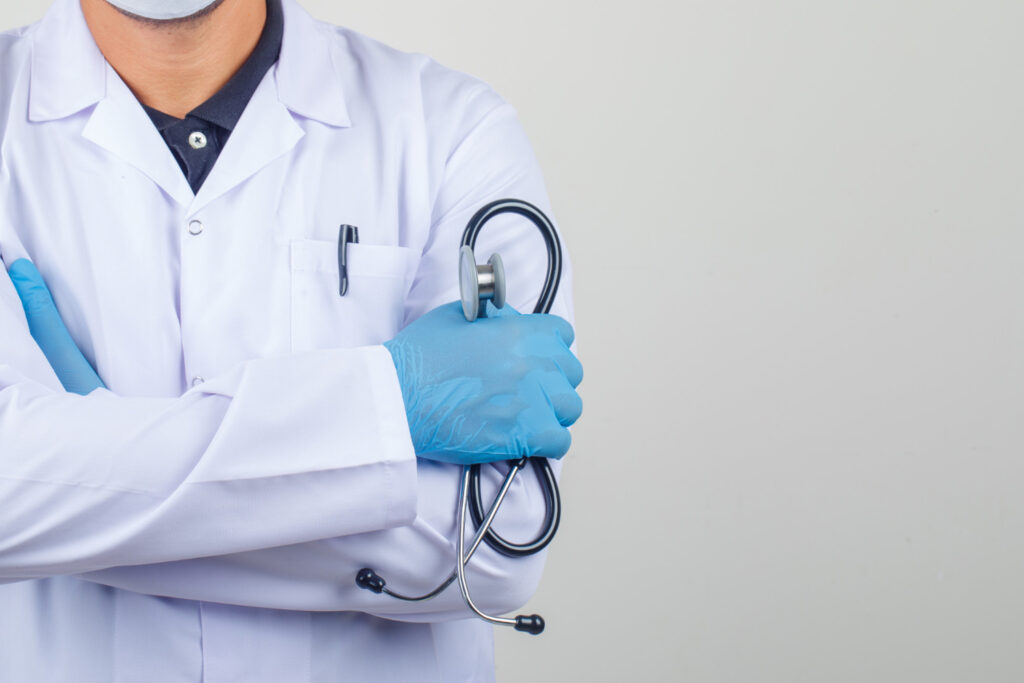
Testosterone Replacement Therapy (TRT) is a form of hormone treatment often prescribed to counter the effects of male hypogonadism, or low testosterone levels. It involves artificially increasing the levels of testosterone in a man’s body.
There are several types of TRT available at Testosterone Replacement Mission Valley.
Each method has its advantages and disadvantages related to convenience, cost, and side effects, and the best choice will vary depending on an individual’s specific circumstances and preferences.
Table of Contents
- 1 Dosage Considerations for TRT at Testosterone Replacement Mission Valley
- 2 Initial Dosage
- 3 Patient Goals and Symptoms
- 4 Laboratory Testing
- 5 Age and Health Status
- 6 Formulation and Route of Administration
- 7 Response to Treatment
- 8 Efficacy and Benefits of Undergoing TRT at Testosterone Replacement Mission Valley
Dosage Considerations for TRT at Testosterone Replacement Mission Valley
Dosage considerations for Testosterone Replacement Therapy (TRT) are crucial to ensure that patients receive the appropriate amount of testosterone to address their specific needs while minimizing the risk of side effects. Dosage decisions should be made by a healthcare provider based on the patient’s clinical presentation, laboratory results, and individual goals for therapy. Here are some important factors to consider when determining TRT dosage at Testosterone Replacement Mission Valley.
Initial Dosage
The initial dosage of TRT is typically set at a relatively low level to minimize potential side effects and to assess the patient’s response to treatment. It’s important to bear in mind that dosage requirements vary greatly among individuals due to factors such as age, body weight, and overall health condition. For example, an older man may require a lower starting dose than a younger man due to the increased risk of side effects. A follow-up blood test is usually done after a few weeks to measure testosterone levels and adjust the dosage as needed.
Patient Goals and Symptoms
The patient’s goals and symptoms play a vital role in determining the dosage of Testosterone Replacement Therapy (TRT). The objective of TRT is not only to restore testosterone levels to the normal range but also to alleviate symptoms of low testosterone and improve the patient’s quality of life. Symptoms may include fatigue, low libido, depression, and difficulty concentrating. Some patients may desire symptom relief more urgently, in which case a higher initial dosage may be warranted, whereas others may prefer a more cautious approach. The specific goals and symptoms of the patient should be discussed thoroughly with the healthcare provider to ensure an individualized treatment plan that aligns with the patient’s needs and preferences.
Laboratory Testing
Regular laboratory testing is a critical element of managing Testosterone Replacement Therapy (TRT). It helps in monitoring the effectiveness of the treatment and in detecting any potential side effects early. Initially, blood tests are usually conducted after a few weeks of starting therapy to assess the body’s response to the treatment. The tests typically measure total testosterone levels, free testosterone levels, hematocrit, and prostate-specific antigen (PSA). These measurements help healthcare providers determine if the dosage needs adjustment. Subsequent testing intervals may vary based on individual response, but typically occur every 3 to 6 months.
Age and Health Status
A man’s age and overall health status greatly influence the dosage and administration of Testosterone Replacement Therapy (TRT). Older men generally have a higher risk of experiencing side effects due to various age-related factors and may therefore require more cautious dosing and closer monitoring. Men with certain health conditions, such as liver or kidney disease, heart disease, prostate cancer, or sleep apnea, may require special consideration and adjustments to their TRT regimen.
Formulation and Route of Administration
The specific formulation of Testosterone Replacement Therapy (TRT) and the chosen route of administration can significantly impact the dosage. Different forms of TRT have different rates of absorption, lengths of action, and dosing schedules. For instance, TRT injections typically require a dosage administered every one to two weeks, while skin patches or gels need daily application.
Response to Treatment
The response to Testosterone Replacement Therapy (TRT) is also essential in determining and adjusting the dosage. Patients respond to treatment in different ways – some may experience rapid improvements in their symptoms, while others may require longer periods or dosage adjustments to notice significant changes. Regular follow-ups with the healthcare provider are crucial in this phase to track progress, discuss any concerns, and make necessary dosage adjustments.
Healthcare providers should closely monitor patients, assess their progress and hormone levels regularly, and adjust treatment as necessary. The aim is to maximize TRT benefits while minimizing side effects and complications.
Efficacy and Benefits of Undergoing TRT at Testosterone Replacement Mission Valley
When done under the guidance of a healthcare provider, Testosterone Replacement Therapy (TRT) can offer several notable benefits:
The efficacy of TRT at Testosterone Replacement Mission Valley largely depends on careful administration and individual response to treatment. It’s vital to remember that while TRT has potential benefits, it also carries possible risks and side effects. Therefore, it’s critical that patients undergo this treatment under the supervision of a healthcare provider, have their testosterone levels checked regularly, and adjust treatment as necessary.